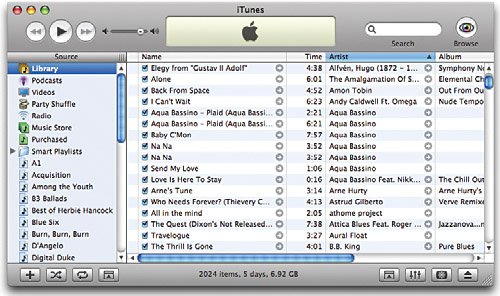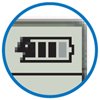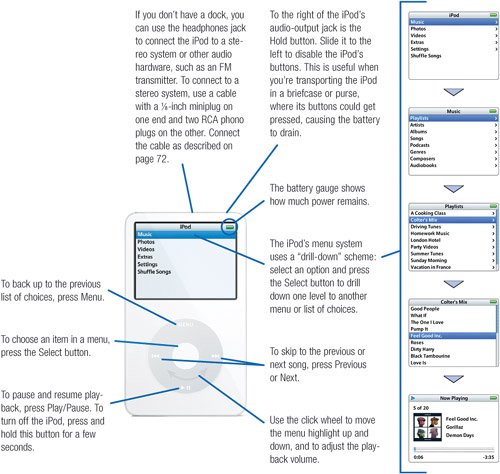iPod: Portable Music and More
| It's hard to appreciate the significance of the iPod until you load it up with hundreds of songs and begin carrying it around with you. Then it hits you: all of your favorite songs are right there with you, ready to playin the car, on a walk, in the living room, on a plane. There's no finding and fumbling with CDs, and every song is only a couple of button presses away. Several factors work together to make the iPod the best portable music player, starting with its integration with the iTunes Music Store: no other portable music player can tap into the store's vast selection of music, videos, podcasts, and more. Another factor is the iPod's integration with iTunes: connect the iPod to your Mac, and iTunes automatically synchronizes your music library and playlists. And finally, there's the iPod's versatility. Its ability to store videos, photos, contact information, your calendar, appointment schedule, and other files make the iPod more than a portable music player. The iPod is more than a music playerit's a cultural phenomenon. There's even a service, podapic.com, that will turn a photo you supply into a mock iPod ad. Here's Sophie modeling the latest earwear. Life with an iPod
|



